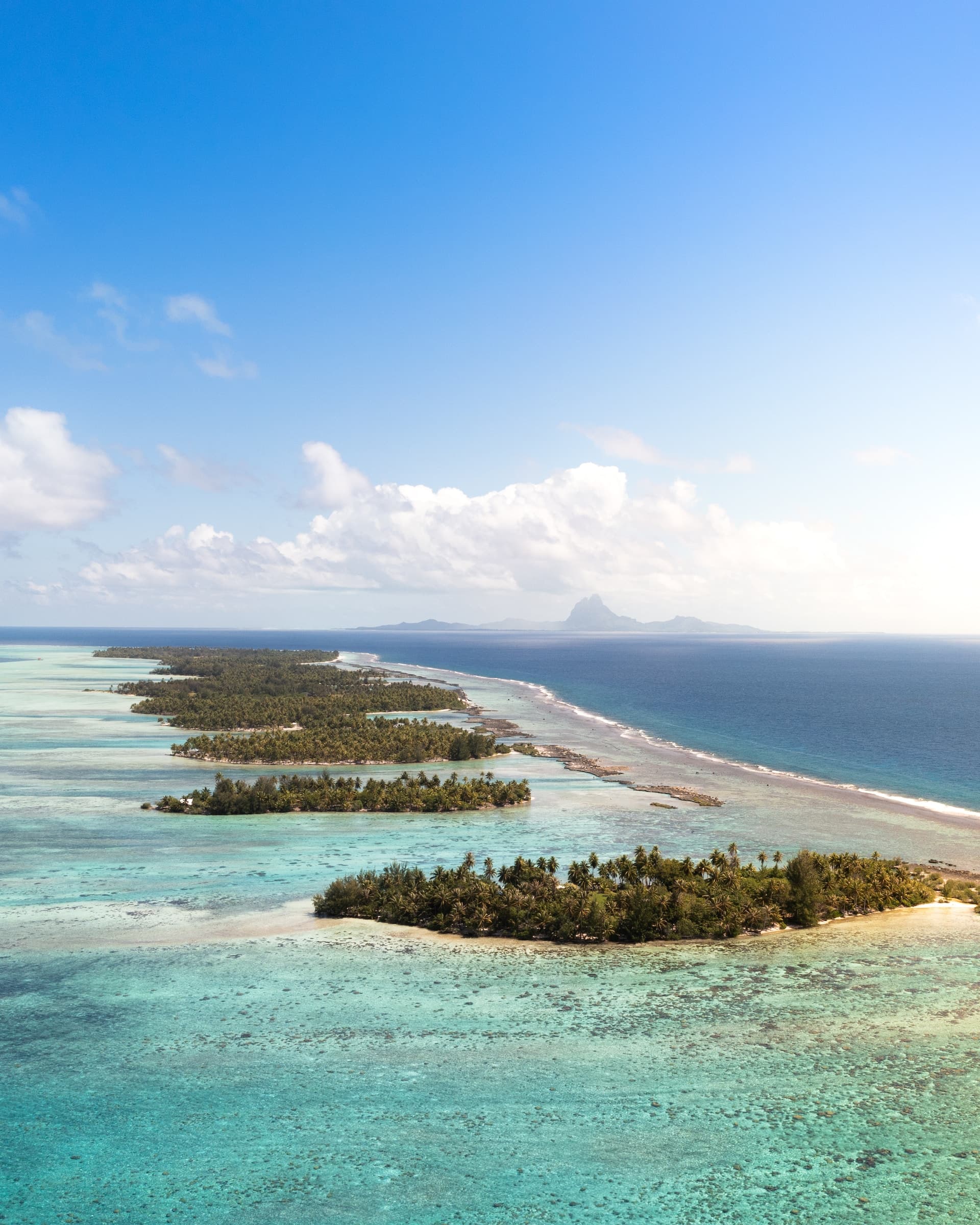Oceania Hot Sauce
Oceania cuisines comprise cuisine from New Guinea, New Zealand, Australia, and many other islands across Oceania. Because this region is mostly an island, seafood makes an integral diet, and this is alongside vegetables like taro, sweet potatoes, potatoes, and yam as the primary starches. Coconut and coconut derivatives are important ingredients in the region, and this includes coconut sugar, coconut milk, and coconut oil.
For hot sauce lovers, Oceania also boasts of having one of the most unique hot sauces in the world today. This is because of the integration of local ingredients in their hot sauce, especially in places like Australia. The common ingredients used in these hot sauces are lime juice, mint leaves, garlic, tomatoes, hot peppers, lemon juice, green onions, white vinegar, white onions, and soy sauce.
The Uniqueness of Oceania’s Hot Sauce
Oceania’s hot sauce is very unique, especially when compared with other hot sauces from around the world. This is mainly because of the ingredients that are used in making these hot sauces. In addition to the common ingredients mentioned earlier, other ingredients you’ll find in Oceania’s hot sauces are olive oil, sea salt, fennel seeds, Granny Smith Apples, and Australian red chilis.
Another factor that distinguishes the hot sauce in this region is the influence of traditional recipes and indigenous ingredients. For example, with Melbourne hot sauce, you’ll find ingredients like Bhut Jolokia, which is also called ghost pepper. Across the whole of the Oceania region, there are many other indigenous ingredients that are widely used in making hot sauce, and this includes red habanero, orange habanero, Trinidad scorpion, Carolina reaper, and Goji Berries. All of these indigenous ingredients further make Oceania’s hot sauce unique.
Australia’s Bush Tomato Chili Sauce
Bush tomatoes, whether Kutjera or Desert Raisin, are both delightful, thanks to their sweet and savory flavor. It’s an ingredient that is used in almost everything in Australia. The tomatoes are harvested in central Australia wild, and this is mostly done by indigenous women. Bush tomato has a significant history of traditional use, and it is widely regarded as the most vital plant food in Central Australia.
It’s worth noting that it has different aboriginal names based on language groups. This include akatjurra, akatyerr, yakajirri, kampurarrpa, and katyerr. One of the distinguishing features of bush tomato is its strong flavor, and it’s mostly described as earthy caramel with a pungent aftertaste. Other ingredients that are used are red wine vinegar, red onion, soy sauce, salt, chilies, pepper, garlic, cloves, and olive oil.
Other Popular Australian Hot Sauces
Apart from the bush tomato chili sauce, Australia is home to many other famous hot sauces. This includes El Presidente’s Demise, which is one of the hottest Australian hot sauces made from a combination of chipotle powder, bird’s eye, pineapple and lime juices, Habanero, and Carolina reaper. Another example is Sting Like a Bee, which is equally one of the hottest available and made from an Indian vindaloo-inspired recipe with Habanero and Trinidad scorpion.
The Wizard’s Lingering Burn is another Australian hot sauce, and it’s widely known as the Cajun hot sauce. It is made from bird’s eye chilies and fresh habanero and is widely used with pasta, classic cheese toast, burgers, and pizza. The Cajun hot sauce is among the most versatile Australian hot sauce.
In general, the heat level of these sauces ranges from 100,000 to 500,000 SHUs when measured on the Scoville scale. However, because they are prepared with different ingredients, you’re likely to feel other flavors and tastes. For example, El Presidente’s Demise has a slightly sweet taste in addition to the burning sensation it gives.
Hot Sauce in New Zealand and Pacific Islands
New Zealand and the Pacific Islands are also regions in Oceania, and they all have their distinguishing hot sauce. In New Zealand, one of the most popular hot sauces is Kaitaia Fire, which has been a household staple since the 1980s. The Kaitaia Fire sauce is made from salted and barrel-aged, locally grown and sun-ripened chilies. This brand also produces the Waha Wera Kiwifruit hot sauce using Manuka honey and Habanero.
You’ll also find Fire Dragon Chilies, Apostle hot sauce, and Al Brown Old Yella Habanero Mustard hot sauces in New Zealand. In the Pacific islands, you’ll find the Fiji Fire Native Bongo Chili Hot Sauce, which is made from ingredients that are indigenous to the Fiji Island. This includes Viti Levu Turmeric, Tasman Sea Salt, and Bongo Chilies. Kaitaia Fire Chili Pepper Sauce is also abundant in the region, and it’s made from chilies that are locally grown in the Northern Islands.
Health Benefits of Native Oceania Ingredients
Native Oceania Ingredients offers different health benefits that are backed by scientific research works. Habanero pepper is one of the most popular ingredients used in making Oceania’s hot sauce. One of the most notable health benefits of this ingredient is that it may reduce cancer risks, particularly prostate cancer. [1] Other benefits of Habanero peppers include the ability to aid weight loss, lower cholesterol levels, prevent cardiovascular disease, fight diabetes, relieve pain, and lower blood pressure. [2]
There are many other native hot peppers that are used as ingredients in making Oceania’s hot sauce. The health benefits of these hot peppers are diverse and this includes their ability to clear a runny nose, reduce the symptoms of migraines, and boost metabolism. [3]
Culinary Uses of Oceania Hot Sauces
Oceania hot sauce is not only for drizzling over food. There’s a wide range of hot sauces in the region that can be used for diverse culinary applications. The most common way to use Oceania hot sauces is a marinades and dressings. Marinades help to infuse the flavors of the sauces into meals. The tangy and fruity flavors of some of these hot sauces make them a great option for use as a salad dressing.
Another way to use this hot sauce is as spicy dips and salsas. Oceania hot sauces are versatile, implying that you can use them for a fiery and intense salsa or as a mild and fruity dip. It all depends on your preference.
Making Your Own Oceania-Inspired Hot Sauce
There are so many Oceania-inspired hot sauces that you should try, and the interesting thing is that you can make these hot sauces on your own. Below is a DIY recipe for creating an Oceania-inspired hot sauce at home:
Ingredients
- 6 bush tomatoes
- 2 cloves garlic finely sliced
- 2 chilies finely sliced
- 4 tomatoes peeled and diced
- 1 small red onion finely sliced
- 4 tbsp red wine vinegar
- 2 tbsp brown sugar
- Dash of soy sauce
- 3 tbsp olive oil
- Salt/pepper
Method
- Heat the oil in a saucepan over high heat.
- Add the chilies, tomatoes, and onions to reduce, and lower the heat to medium level. Leave it to cook until the tomatoes become mushy.
- Add the soy, pepper, garlic, sugar, and salt, and allow the sugar to dissolve completely.
- Add the vinegar and leave to cook for 10 minutes under a low heat level.
- Store in an airtight container or sterilized jar.
You can easily find these ingredients in most grocery stores. One interesting thing is the possibility to make customizations to the ingredients depending on your preference. For example, you can add lemon and pineapple juices for additional sweetness.
Conclusion
Oceania has a rich and diverse hot sauce culture, and as mentioned earlier, the hot sauce within this region stands out when compared with those from other parts of the world. The ingredients used in making these hot sauces are mostly indigenous, and they offer a range of health benefits. In addition, these hot sauces are versatile, and you can use them as marinades, dips, and spreads.
With that said, you should explore and experiment with these flavors without hesitation. Whether you use it as a spread, marinade, or in a soup, what’s certain is that you won’t go wrong with Oceania’s hot sauce. You can also try making one for yourself at by trying the recipe above.
Sources
[1] Mori, Akio, et al. “Capsaicin, a Component of Red Peppers, Inhibits the Growth of Androgen-Independent, P53 Mutant Prostate Cancer Cells.” Cancer Research, vol. 66, no. 6, 2006, pp. 3222-9. doi:10.1158/0008-5472.CAN-05-0087.
[2] Sindhu, K. “Habanero Peppers: Health Benefits and Possible Side Effects.” STYLECRAZE, 2023.
[3] Janie, M. “Health Benefits of Hot Peppers.” WebMD, 2022.







